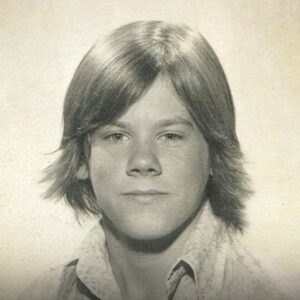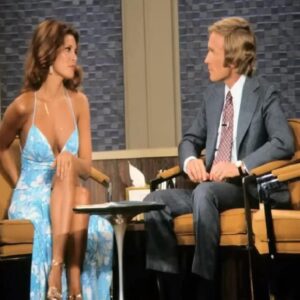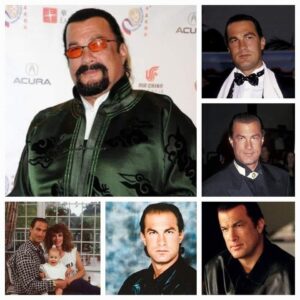What makes Wonder Woman so wonderful?
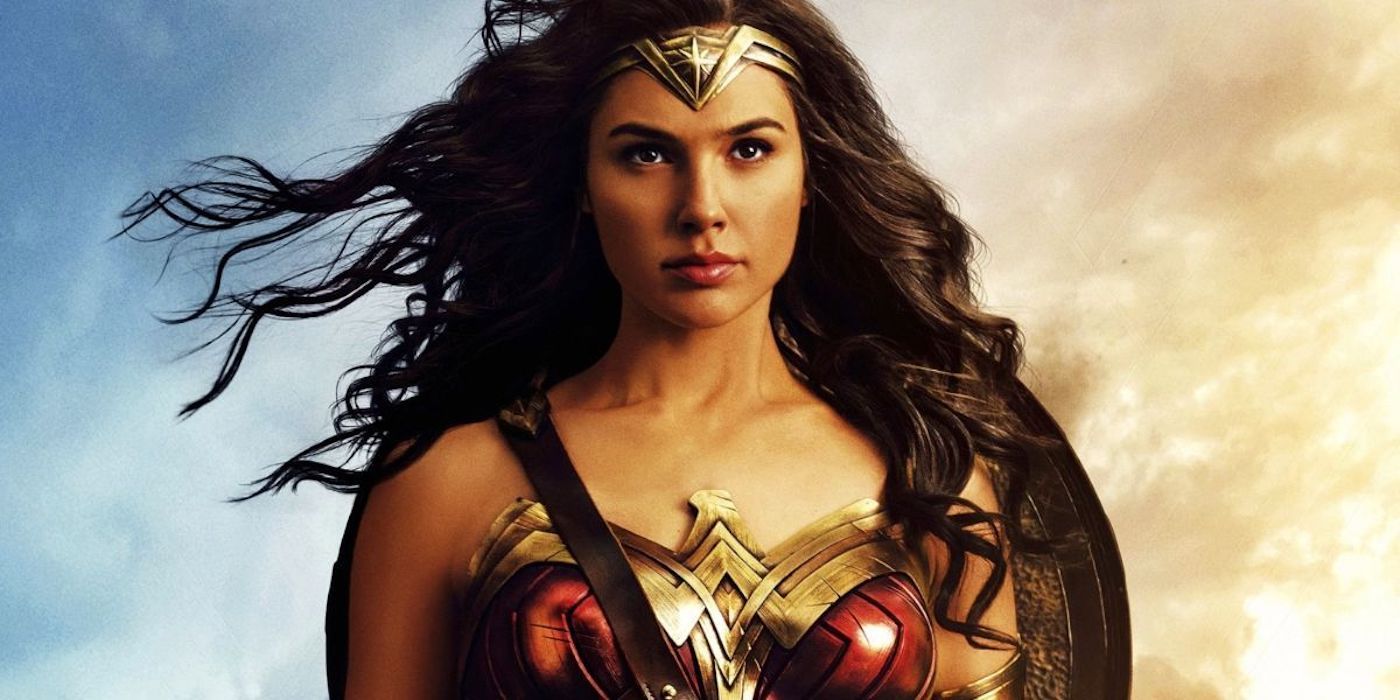
The Big Picture
- Wonder Woman avoided the pitfalls of the cliché and condescending strong female protagonist by showcasing her strength naturally, without making it the sole focus of her character.
- Other female superhero characters lack depth and multifaceted personalities, making it harder for audiences to connect with them on a deeper level.
- Wonder Woman’s flaws and growth as a character make her more relatable and human, ultimately adding depth and complexity to her story compared to other female heroes.
The unfortunate news has broken that Wonder Woman 3 is not currently in development at DC Studios, which is a shame considering that the first installment of the short-lived franchise is nearly flawless. Wonder Woman (2017) successfully accomplished something that many modern films fail to incorporate: writing the strong female protagonist. On the surface, a seemingly positive trope like “strong female protagonist” should be an inherently good thing. However, recent films have presented this type of character in an overly heavy-handed way. The strong female lead has been misshapen so many times that she has become widely disliked due to her cliché and condescending applications. Whether characters like these have since has shifted into Mary Sues or into unnatural vessels through which to speak a story’s themes, the mishandled strong female protagonists doesn’t bode well for future women-led stories. Thankfully, Wonder Woman gave an example on how to handle the strong female protagonist naturally.
Why Do Some Female Superheroes Fall Short With Audiences?
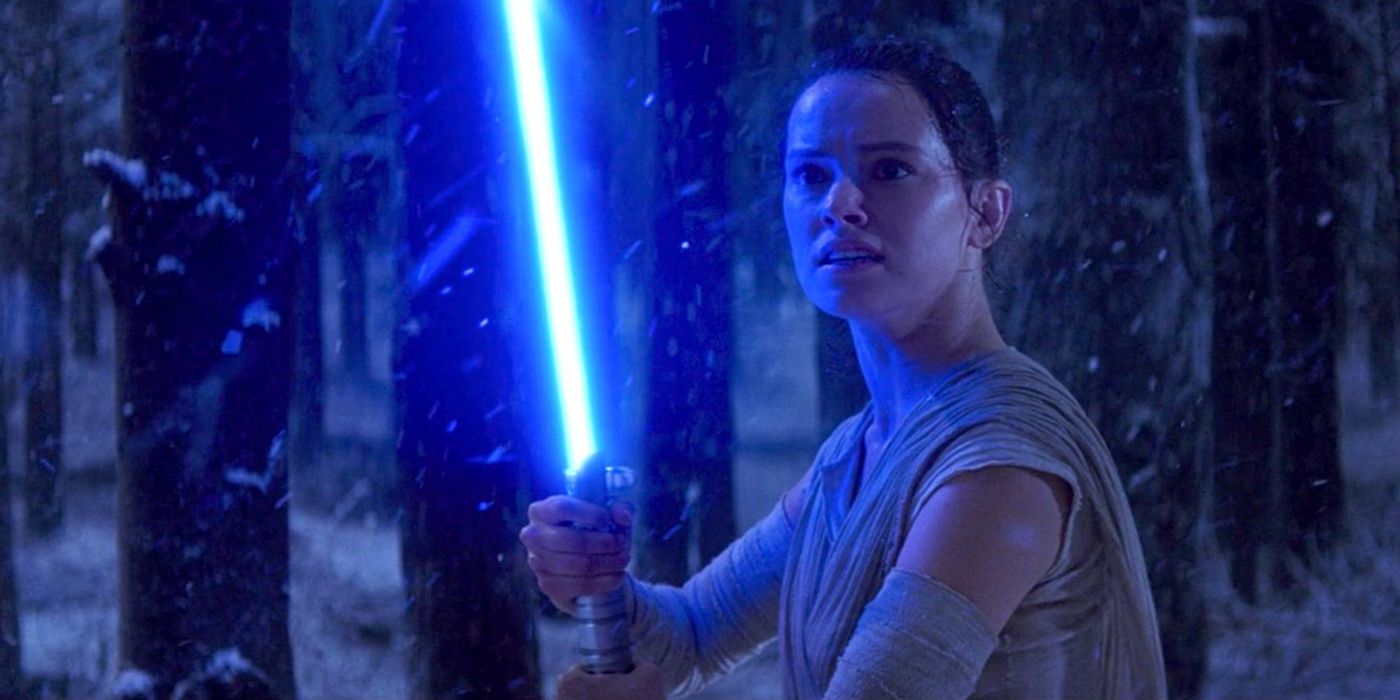
While there are plenty of fans who love the newest Star Wars films (and for good reason – the franchise is iconic and continues to present fun and creative stories), Rey (Daisy Ridley), first introduced in The Force Awakens, is one example of a strong female lead who has been somewhat misshapen. Some describe Rey as a Mary Sue, with a seemingly endless arsenal of strength, smarts, and luck (which all poorly disguise the plot armor she dons).
Being “strong” for the sake of being well-liked just isn’t enough substance to form a complete character. There’s more to likability than sheer talent or the power of plot armor. Surface-level strength is a good place to start, but flaws and setbacks, which lead to character growth, are important factors to consider as well. If a character, no matter the gender, breezes her way past the obstacles, that says more about her enemies’ weaknesses than it does about her strengths.
A superhero example of this isn’t necessarily a disliked character, but rather one that audiences are generally indifferent toward: Carol Danvers (Brie Larson) from Captain Marvel. Much like Rey’s characterization, Carol is strong, smart, independent, and possesses seemingly all the qualities that would endear her to an audience yearning for a female lead to identify with. Unfortunately, while Carol moves her storyline along with shows of strength, what she doesn’t show is a deeper layer of characterization: a multifaceted personality.
Both Rey and Carol are lovable and iconic on the surface, but their stories would benefit from digging deeper into what makes them human rather than what makes them strong. A message of positivity and self-acceptance can be beneficial for young girls to understand, but flat characters are harder to identify with, and perfection isn’t universal.
What Does ‘Wonder Woman’ Get Right About Female Superheroes?
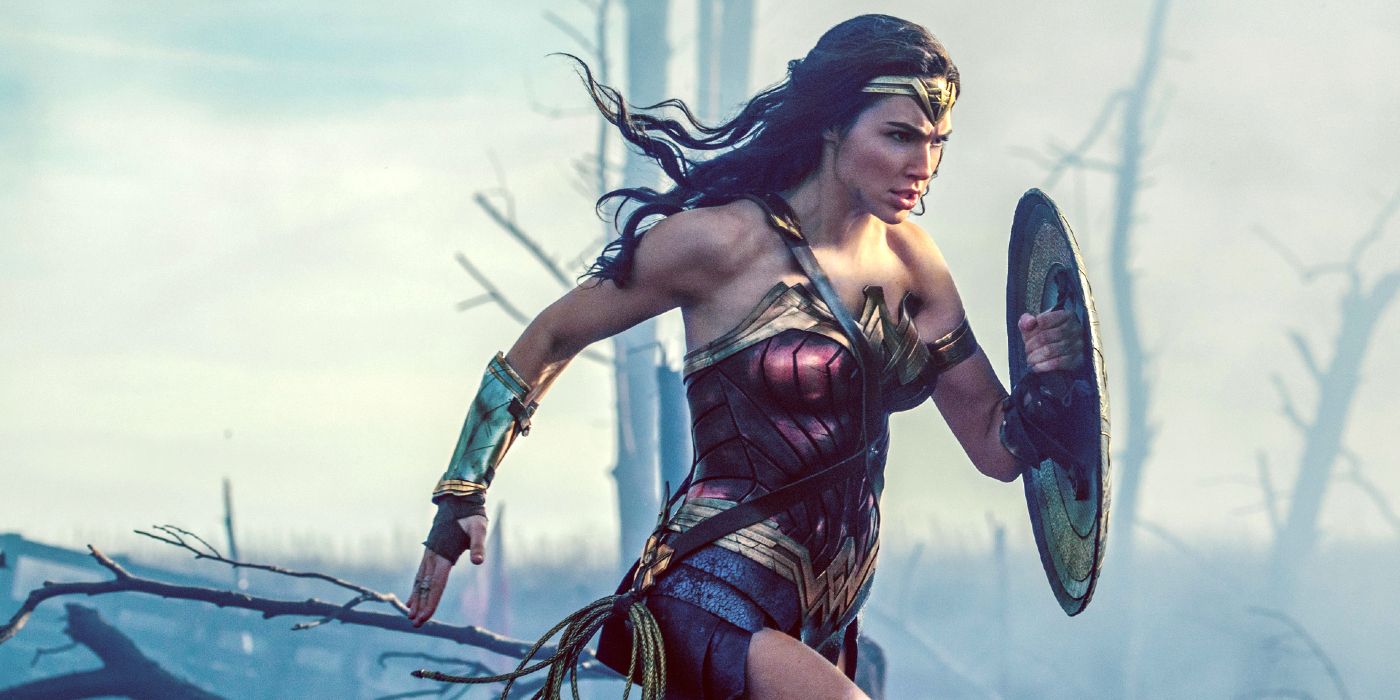
Wonder Woman completely sidestepped the growing issue of the unlikable “strong female protagonist” by refusing to address it as an issue at all. The film doesn’t outright call out Diana (Gal Gadot) as a strong, independent, and highly skilled woman whose fighting skills far surpass her male supporting cast. These traits are all present, but they are shown rather than told. Diana doesn’t show off her skills to be smug or to one-up her male allies; instead, she simply displays her strength outright because she has never had to hide it before. In the heat of battle, Diana uses her skill not to outshine others on the battlefield, but to protect those who can’t fight for themselves. Put simply, Diana shows her strength in an endearing and humble (rather than smug) way, even using her incredible strength as moments for comedy to further lighten the mood.
Why Wonder Woman’s Flaws Matter
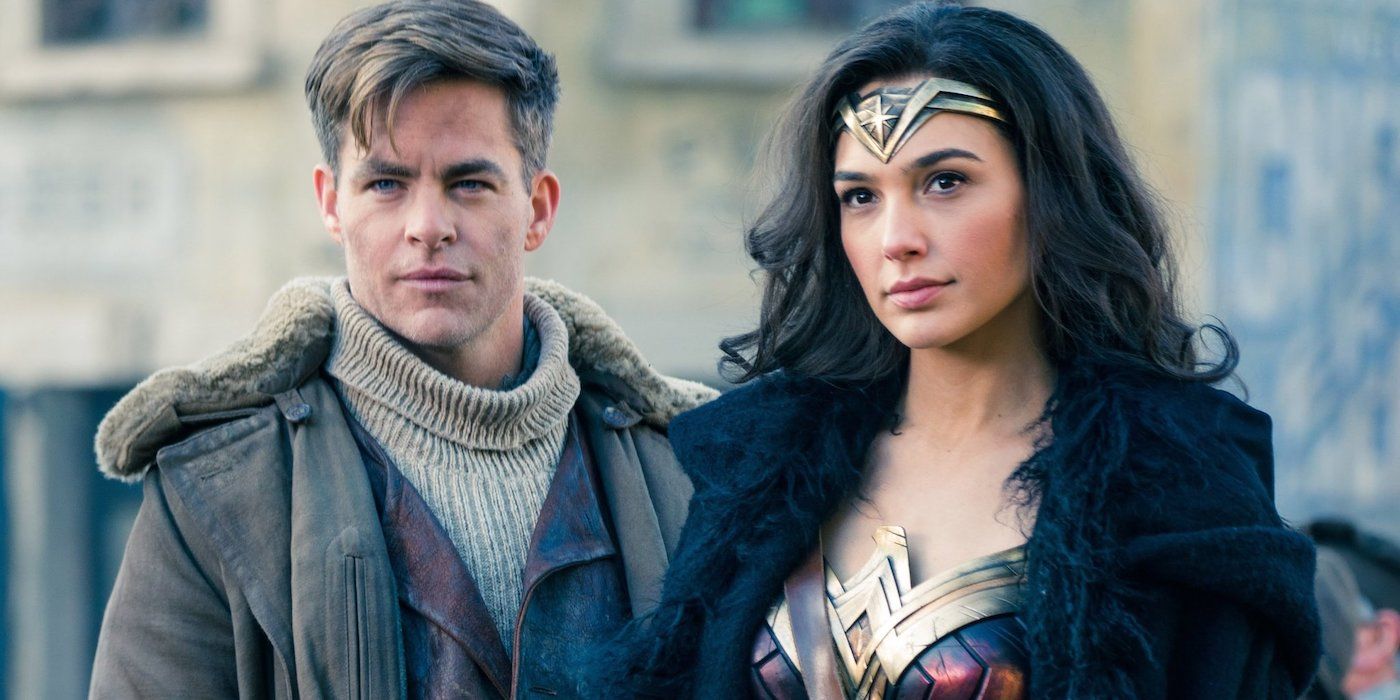
Wonder Woman also did something that should be obvious but is generally glossed over when it comes to writing the “strong female protagonist”: it gave her flaws. The beauty of Diana’s personality is that it is multifaceted in symmetric ways. One of her best qualities, her genuineness and honesty, mirror her greatest weakness: her naïveté. She believes in the good in humanity, projecting her own morality onto everyone else — she would never hurt another person in the name of baseless war, so she assumes humans wouldn’t either. Because of this, Diana reasons that Ares must be behind humanity’s descent into violence and bloodshed. Of course, Diana is wrong about the nature of humans. Sometimes, humanity shows its dark side, and she must accept that if she is to grow as a person and better understand the outside world that she is exploring for the very first time.
Diana is allowed to be wrong. For all her intelligence, she doesn’t know everything, which is a helpful tool when it comes to storytelling. A common misconception about smart characters is that being intelligent means they are experts in a wide variety of fields and that they are seldom wrong or tricked, when in reality there are different kinds of intelligence and each character should have varying degrees of knowledge based on what type of person they are (Diana is genuine, honest, and kind), what they have studied (peace and the ability to fight to keep it), and where their blind spots are (seeing the good in people even when it’s not there).
The same goes for physically strong characters: they don’t necessarily have to all be brawlers. There is a wide variety of strengths. For instance, consider the difference between Diana and Steve (Chris Pine). While Diana has studied the Amazon way of fighting and keeping peace, Steve is a soldier who has known war, and his strengths lie more in his abilities as a spy and a pilot than Wonder Woman’s version of strength. Diana may be harder to kill, but Steve knows more about the human world. They both have their different histories to draw upon, and they both have flaws that hold them back. That’s what makes them such a good team — and that’s also what gives them more depth as characters. They can see each other’s flaws while still appreciating each other’s strengths.
Wonder Woman’s Gender Isn’t Front and Center in Her Character Development

Wonder Woman successfully accomplishes an important but widely forgotten technique when it comes to writing women. Above all else, the “strong female protagonist” must be a character first. Good female representation can only happen when the character in question is a good representation of a person. This should be the baseline for any character, no matter the background.
Diana has such a strong personality that she sticks in the mind far more prominently than other female heroes in recent years. Even her biggest flaw, her naïveté, stems from one of her greatest strengths, her positivity. As a kind and overly positive person, Diana is a fun character to watch, especially when the story requires her to grow out of that naïveté. Diana is confronted again and again with the fact that humans can be cruel to each other, some in the name of greed, others in the name of purpose, and still others solely for the fun of committing evil. Because Diana ventures into the outside world, meets Steve, and has life experiences, she is able to grow past her initial black-and-white thinking and accept the nuances of humanity.
Such a strong character arc would never have had the time and space to flourish if Diana had no flaws, variation in personality, or specified areas of expertise. In terms of the “strong female protagonist,” it can be hard to put your finger on what might be missing from the heroine, but taking a good long look at Diana spells it out pretty clearly. The reason why the “strong female protagonist” so often feels shallow and condescending is that she makes too big a show of surface-level strength without diving deeper into her unique personality. She becomes more of an object than a person, a gender-swapped version of the male hero, who so often is the standard baseline for main characters, especially in superhero and action movies.
This is, in itself, a form of lackluster representation, for the simple reason that the mishandled strong female protagonist is just as objectified as the damsel in distress, only in a different way. She might not be devalued because she is portrayed as powerless, but she is done a disservice because she’s portrayed as powerful on a surface level — and nothing else.
The problem isn’t that the lead is female; it’s that we feel the need to distinguish between male and female leads at all. By not placing too much emphasis on Diana’s gender, and instead focusing more on who she is as a person aside from being a woman, the film successfully presents a hero’s story. Rather than being a woman hero, Diana is a hero who happens to be a woman — and a person before anything else.

